Gamma rays are not the most powerful energy bursts created by humans. In the universe, there exist phenomena that can generate gamma rays significantly stronger than those produced by humans, known as gamma-ray bursts.
Gamma-ray bursts are the strongest electromagnetic events in the universe, capable of releasing immense amounts of energy in just a few seconds. The energy released during these bursts is far greater than the energy emitted by the Sun throughout its entire lifetime.
This energy is sufficient to destroy entire star systems and even alter the structure of the universe itself. The discovery of gamma rays has opened a new chapter for humanity, allowing us to explore the deepest secrets of the universe.
However, gamma rays can also be a double-edged sword, posing both beneficial and harmful risks to humanity.
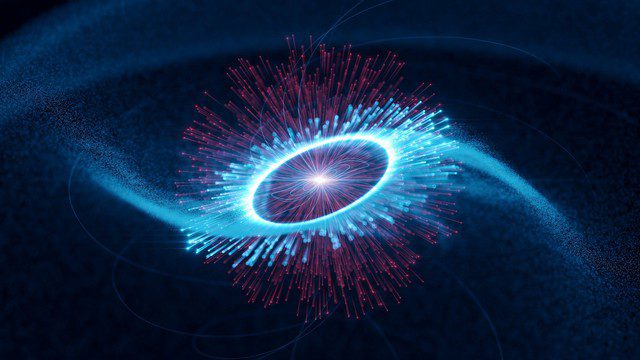
The detection of gamma-ray bursts is quite rare. In the 1960s, to monitor whether the Soviet Union was violating the nuclear test ban treaty in space, the US launched many satellites equipped with devices capable of detecting gamma rays generated by nuclear explosions.
However, these satellites have detected a number of gamma-ray signals from deep space, which are very strong but only last for a very brief period, ranging from a few milliseconds to several minutes, moving in random directions and lacking any patterns. These signals represent the first discoveries related to gamma-ray bursts.
Due to the limitations of technology at the time, it’s impossible to precisely determine the source of these signals, and we can only speculate that they might relate to the bursts of certain stars or the formations of black holes.
The discovery of these signals has sparked significant interest within the scientific community, leading to many theories and debates. To better understand and study gamma-ray bursts, scientists have continuously launched numerous satellites and telescopes, such as the Compton Gamma Ray Observatory in 1974, the European Gamma Ray Observatory in 1983, the US Gamma Ray Observatory in 1991, and the Swift Gamma Ray Observatory in 2008, among others.
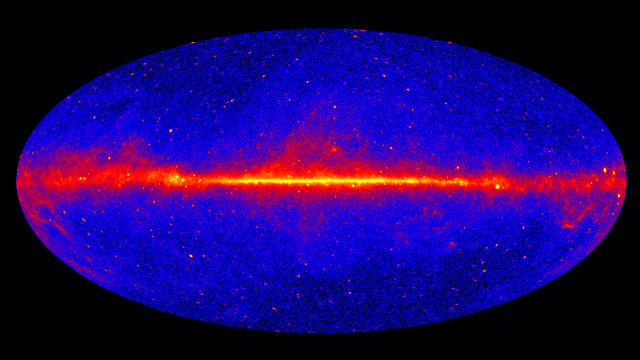
These satellites and telescopes not only detect gamma rays but also discover other forms of electromagnetic radiation generated by gamma-ray bursts, including X-rays, ultraviolet light, and radio waves. Through these telescopes, scientists have identified thousands of gamma-ray bursts.
After numerous observations and analyses, scientists have determined that there are two primary sources that can lead to the creation of gamma-ray bursts. The first is a massive star undergoing a supernova when it collapses, forming a black hole. During this process, the inner part of the star collapses and forms a structure similar to a rapidly rotating disc.
The materials in the disc will continue to be pulled in, while jets of material will be emitted from the two poles of the disc, creating gamma rays. This type of gamma-ray burst typically lasts for a short time, only a few seconds, and is referred to as a short gamma-ray burst.
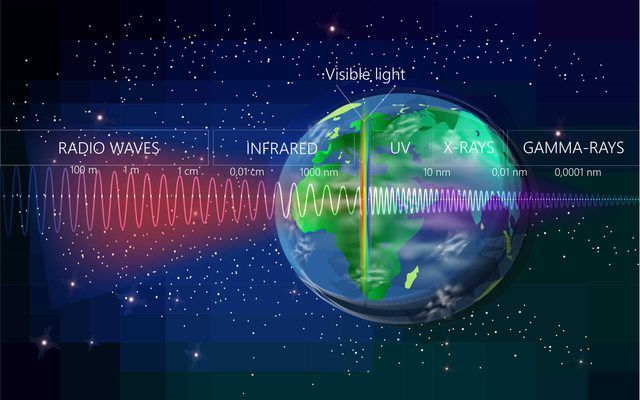
The second type is the merger of two very dense objects, such as neutron stars or black holes. When these two objects come close together, they attract each other and eventually collide, creating a larger black hole. In this process, both the black hole and two jets are created, which produce gamma rays.
This type of gamma-ray burst often lasts for a longer duration, from several minutes to even hours, hence it is referred to as a long gamma-ray burst. After extensive research, scientists have discovered that gamma-ray bursts do not only occur deep in space.
According to calculations by scientists, within the next five million years, Earth could face the threat of a gamma-ray burst. This implies that during the time life has existed on Earth, it has likely encountered more than 1,000 gamma-ray bursts. For many, the only comparable event to the extinction of life on Earth would be a collision with a gamma-ray burst around 65 million years ago.
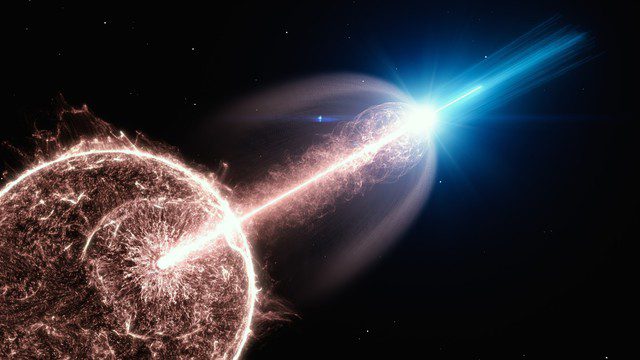
However, scientists today warn us that the effects of gamma-ray bursts can be considered negligible compared to other cosmic events. Through ongoing research into Earth’s history, scientists have discovered substantial evidence.
Among the most severe extinction events in Earth’s history is the Ordovician mass extinction. Previously, scientists only speculated that the main cause behind this extinction event was due to significant climate changes from a warm and humid Earth to a colder one, ultimately leading to extinction.
However, scientists are still confused about what factors caused the temperature of the Earth to drop. Recently, a joint research group of physicists and biologists has made a significant discovery regarding the Ordovician extinction event. They found clear evidence of interactions with gamma rays in the fossil record.
This discovery provides scientists with a plausible explanation because gamma rays can significantly impact Earth’s atmosphere. When gamma rays pass through Earth’s atmosphere, they interact with particles in the atmosphere, causing a series of chemical reactions that lead to the depletion of ozone in the atmosphere. This can result in life on Earth being exposed to harmful ultraviolet radiation, leading to large-scale extinction events.
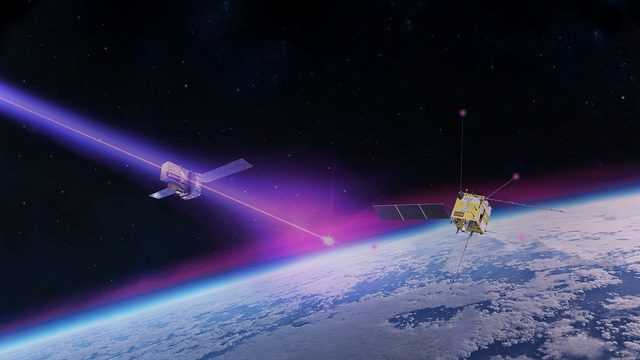
Although gamma rays have strong penetrating power, they are also widely used and play a crucial role in industry and medicine. In industry, the penetrating ability of gamma rays makes them a very useful tool. By using gamma rays, we can analyze the density of materials, evaluate structures, and inspect products. In the medical field, gamma rays also play a significant role. In radiation therapy, doctors can use gamma rays to precisely target high doses of radiation to cancerous tumors to eliminate them or hinder their growth.
In conclusion, gamma rays are not only a fascinating subject in astrophysics but also a powerful tool in various fields. Understanding these phenomena helps us gain insight into the universe and improve our technologies and methods for protecting life on Earth.
Source: Zhihu





















